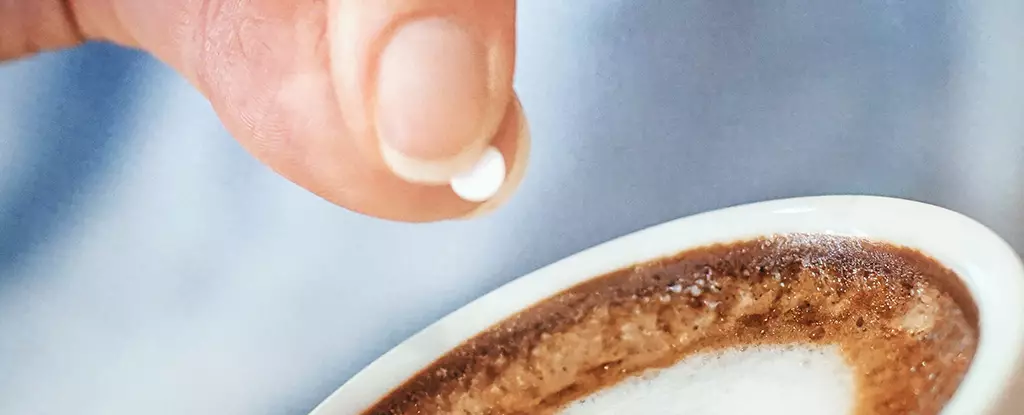Recent discussions surrounding the safety of artificial sweeteners have taken an intriguing turn, propelling saccharin, a ubiquitous sweetener, into the spotlight for its unexpected potential in combating antibiotic resistance. A groundbreaking study conducted by researchers from Brunel University in the UK has opened doors to a realm of possibilities beyond traditional understandings of saccharin, positioning it as a potential weapon against some of the most stubborn and dangerous bacteria that now threaten public health.
For years, the debate surrounding artificial sweeteners has revolved around their long-term effects on human health, often overshadowing any potential benefits they might offer. However, the study conducted by microbiologist Ronan McCarthy and his team challenges the conventional approach by highlighting saccharin’s intriguing antimicrobial properties. The team executed controlled lab tests aimed at evaluating how saccharin interacts with various bacterial strains, particularly focusing on its effects on growth and multiplication. The findings were nothing short of revolutionary.
A Bacterial Battlefield
The bacterial world is a fierce battleground, with pathogenic strains like Staphylococcus aureus and Escherichia coli developing resistance to many conventional antibiotics. These superbugs are escalating a public health crisis, resulting in millions of deaths worldwide, primarily due to our increasingly ineffective arsenal of antibiotics. McCarthy’s research presents a refreshing alternative; saccharin appears to disrupt the structural integrity of these pathogens, leading to their disintegration and, ultimately, their demise.
What’s particularly striking is the dual function of saccharin: not only does it impair bacterial growth, but it also serves to enhance the effectiveness of existing antibiotics by opening channels for these drugs to infiltrate resistant pathogens. This dual action showcases saccharin’s potential to not just fight bacteria but to enhance the success of current antibiotic treatments, an aspect that could revolutionize treatment protocols.
From Laboratory to Surgical Innovation
The exploration of saccharin’s properties extended beyond mere bacteria interaction to the practical realm of surgical applications. The research team ingeniously encapsulated the antimicrobial characteristics of saccharin into a novel surgical dressing designed for wound care. Traditional dressings often fall short against resilient bacteria, but the saccharin-infused alternative demonstrated significantly superior performance in reducing bacterial presence on infected pig skin in laboratory tests.
This innovative leap signifies a potential shift in how infections are managed post-surgery. While silver-infused materials have long been the standard for such applications, saccharin may represent a more readily available, cost-effective substitute that could have profound implications for patient care. Progressing from the lab to practical applications showcases the versatility of saccharin and invites a deeper examination of its benefits beyond its sweetness.
The Imperative for New Solutions
As antibiotic resistance continues to rise, the urgency for new treatment avenues cannot be overstated. Current statistics warn of a looming public health disaster that threatens to undo decades of medical progress. The introduction of saccharin as a potential therapeutic agent for both enhancing traditional antibiotics and directly combating resistant bacteria is a beacon of hope. Given that conventional antibiotic development demands vast financial investment and extensive timelines, the prospect of repurposing a widely used sweetener is groundbreaking.
Yet, alongside this promising research, caution must be exercised. The ramifications of artificial sweeteners on overall health are still being meticulously studied. While saccharin might offer a powerful tool in the fight against superbugs, it is essential to engage in a holistic evaluation of its long-term effects. Echoing McCarthy’s sentiments, every innovation brings with it a need for comprehensive understanding, particularly when it comes to health interventions.
The exploration of saccharin shows immense promise in transforming the landscape of antibiotic resistance. It’s critical that researchers are given the support to move from laboratory findings towards clinical applications that could redefine infectious disease management. Saccharin may indeed emerge as an unexpected ally in a battle that has persisted for far too long, offering us a novel approach that could lead to significant advancements in medical science and patient care.


Leave a Reply